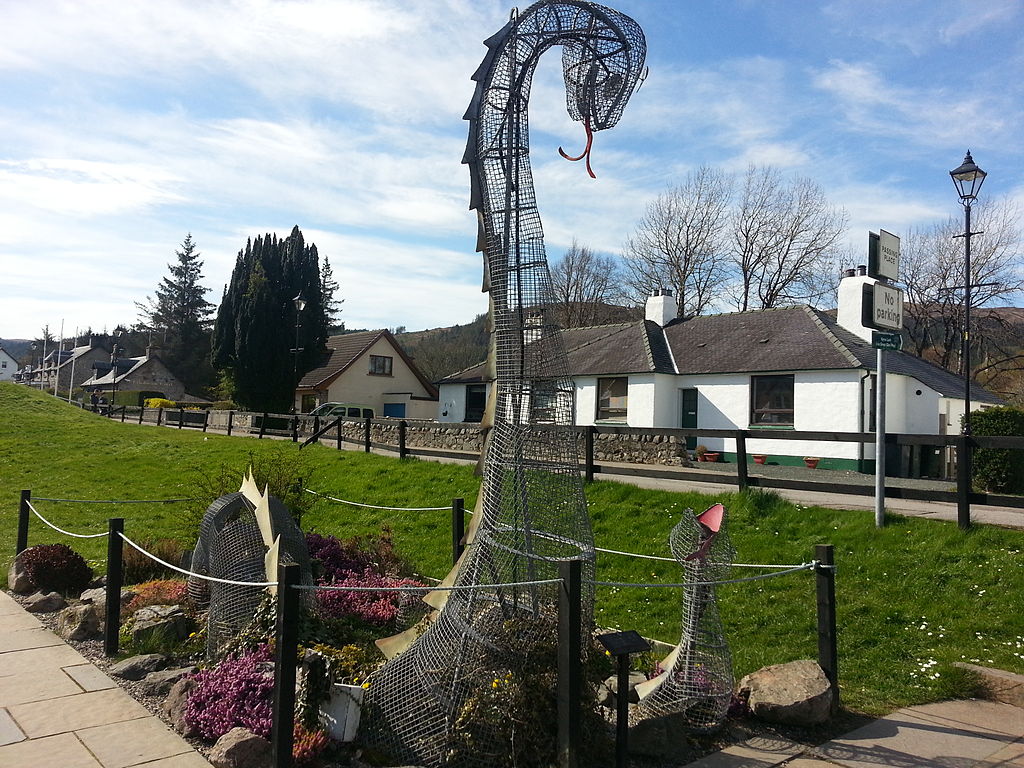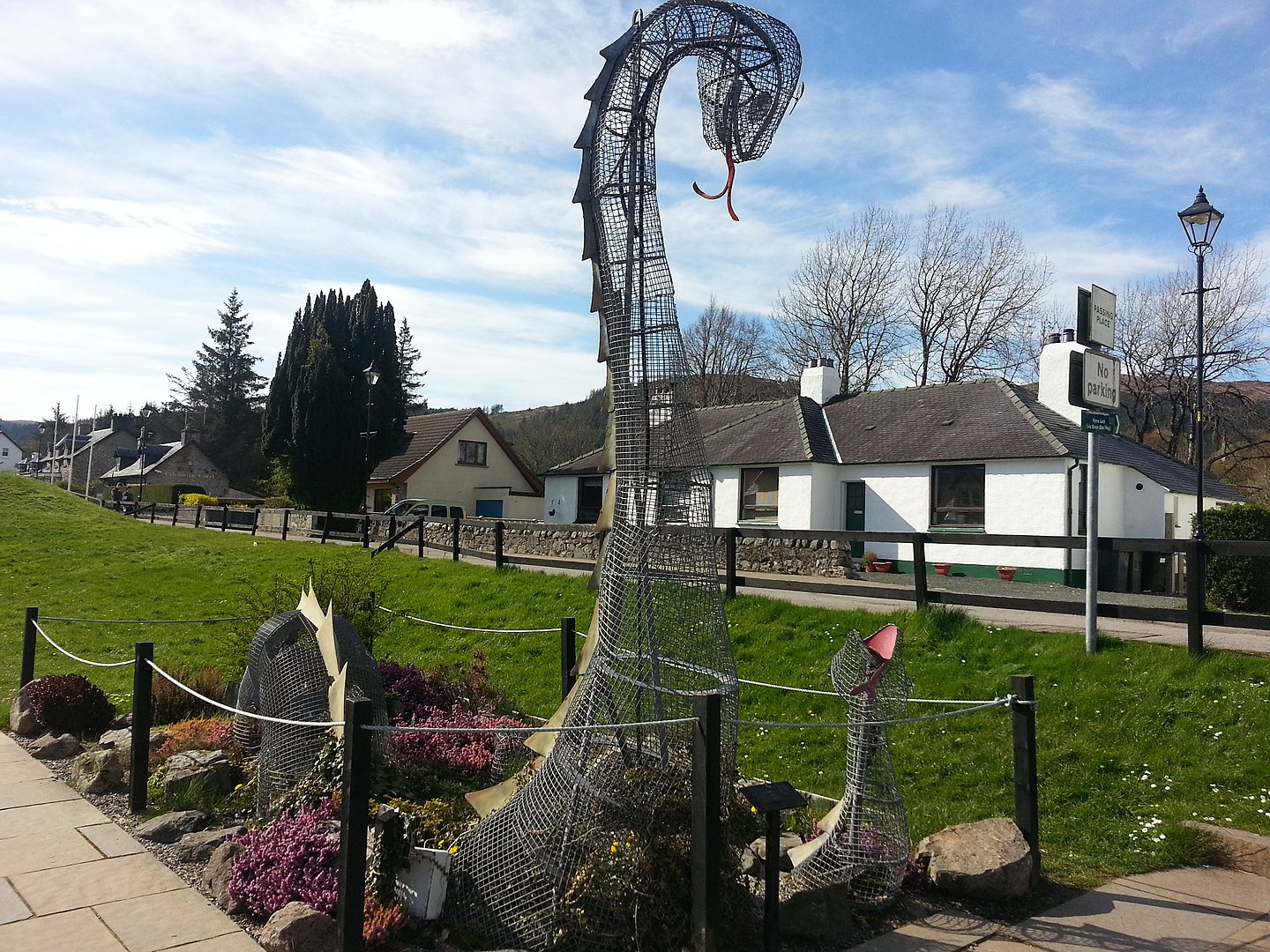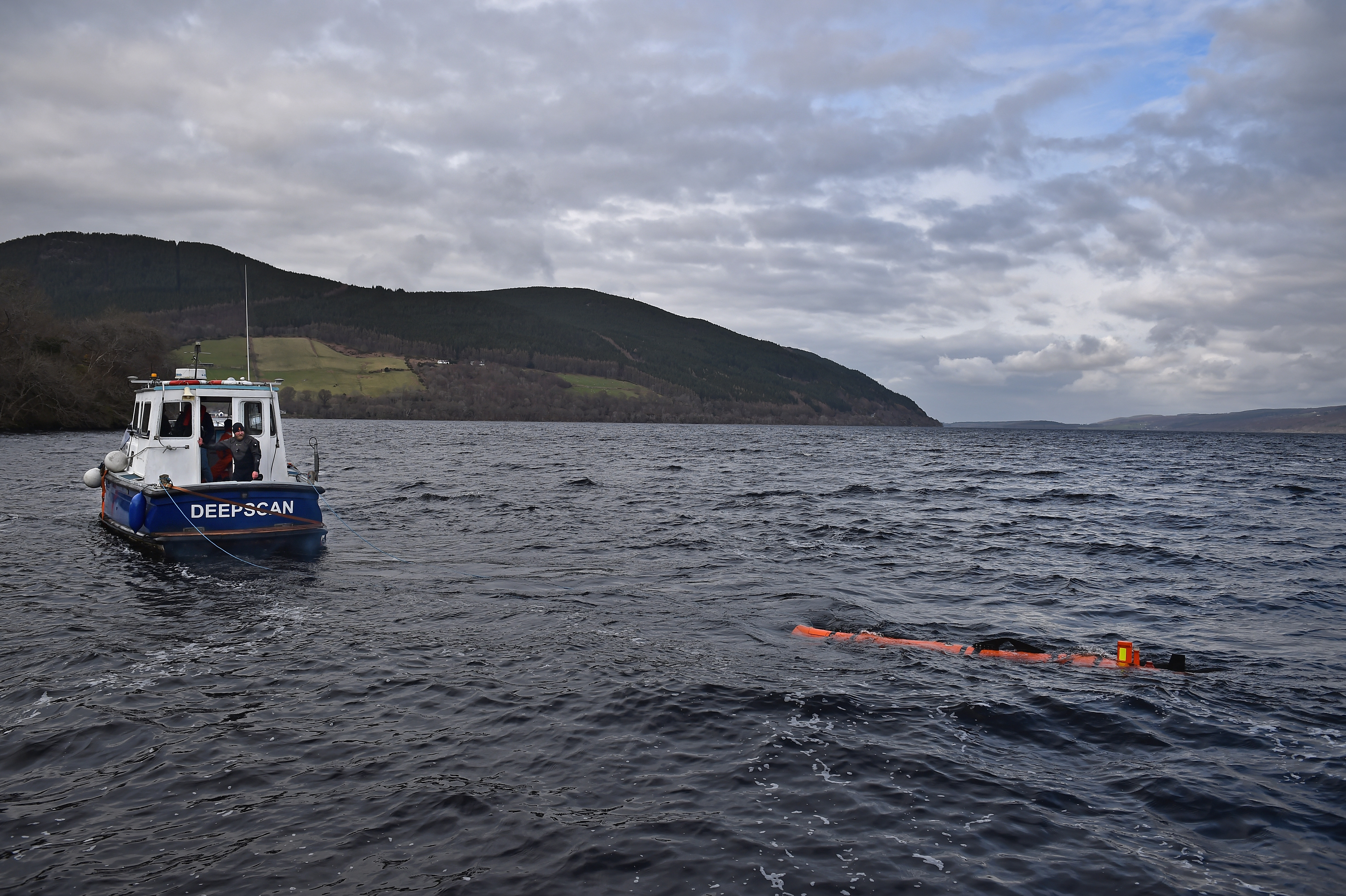When the effect of tourist attractions on local economies comes to mind, what are some of the first places one can think of? Historical sites, perhaps, or cultural events. But what happens when the thing that helps drive a local economy might not exist at all?
This isn’t a brain-teaser or a deep dive into epistemological thinking; instead, it’s a precursor to the way the Loch Ness Monster hosted the Scottish economy. Which, it turns out, is by a lot. A new article by Michele Debczak at Mental Floss delves into the way one of the world’s most famous cryptids has helped shape the local economy in Scotland. Nessie might not be real, but its impact certainly is.
How much of an impact is there on Scotland’s economy? According to a study commissioned by accountant and Loch Ness Monster fan club founder Gary Campbell, the economic boost of Nessie tourism heads into the 8 figures.
“After gathering data from the country’s tourism board and businesses around Loch Ness, [Campbell] determined the monster adds roughly £41 million to the Scottish economy in a typical year,” Debczak writes. “That’s nearly $54 million USD — $7 million more than the nation of Tuvalu’s entire GDP.”
Loch Ness Monster tourism can include everything from boat tours of Loch Ness itself to explorations of the towns around the region. As Debczak notes, Loch Ness itself is a wonderfully scenic place, monster or not — and that can, in and of itself, be enough to prompt some visitors to vow to return in the future.
Subscribe here for our free daily newsletter.
Thanks for reading InsideHook. Sign up for our daily newsletter and be in the know.

















